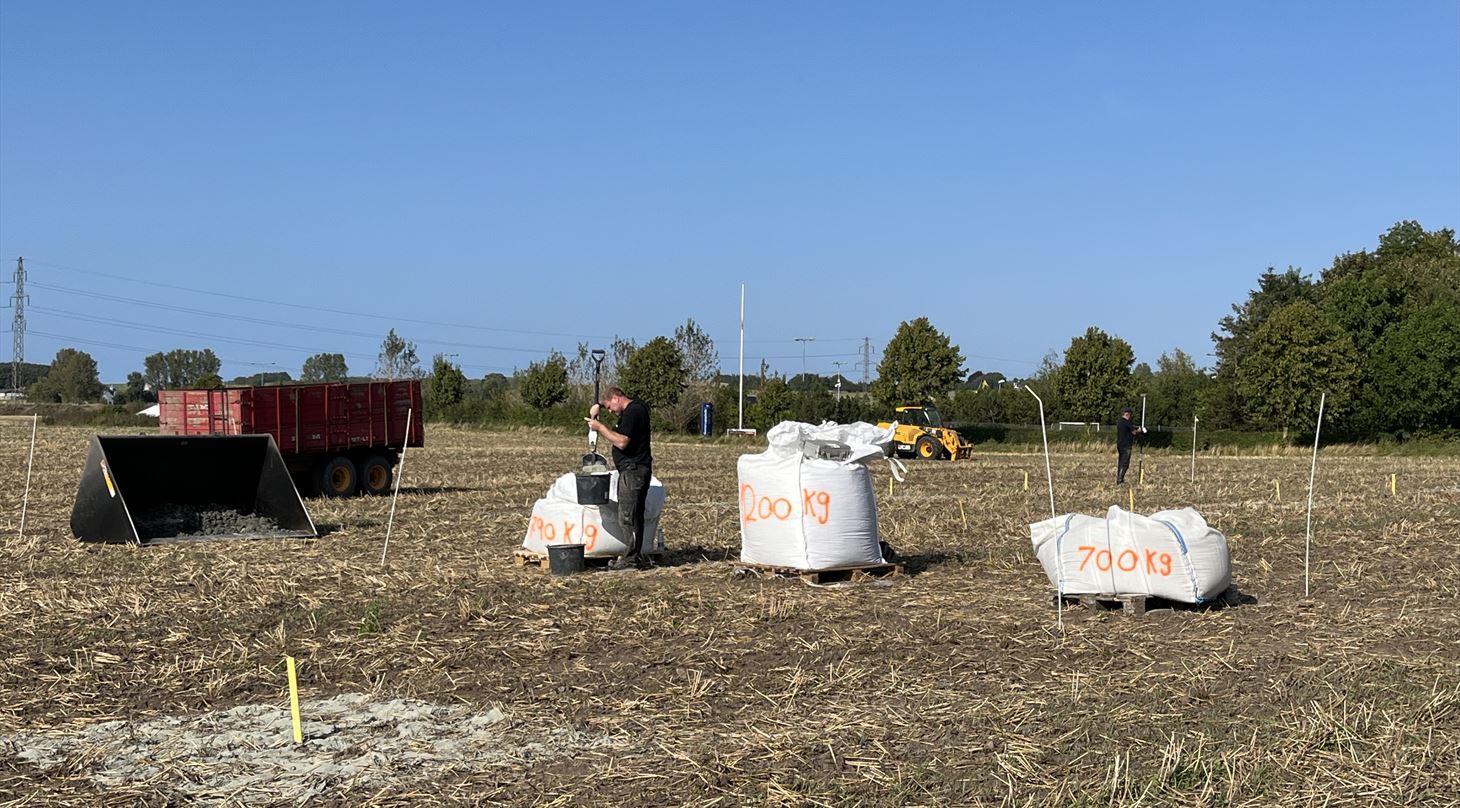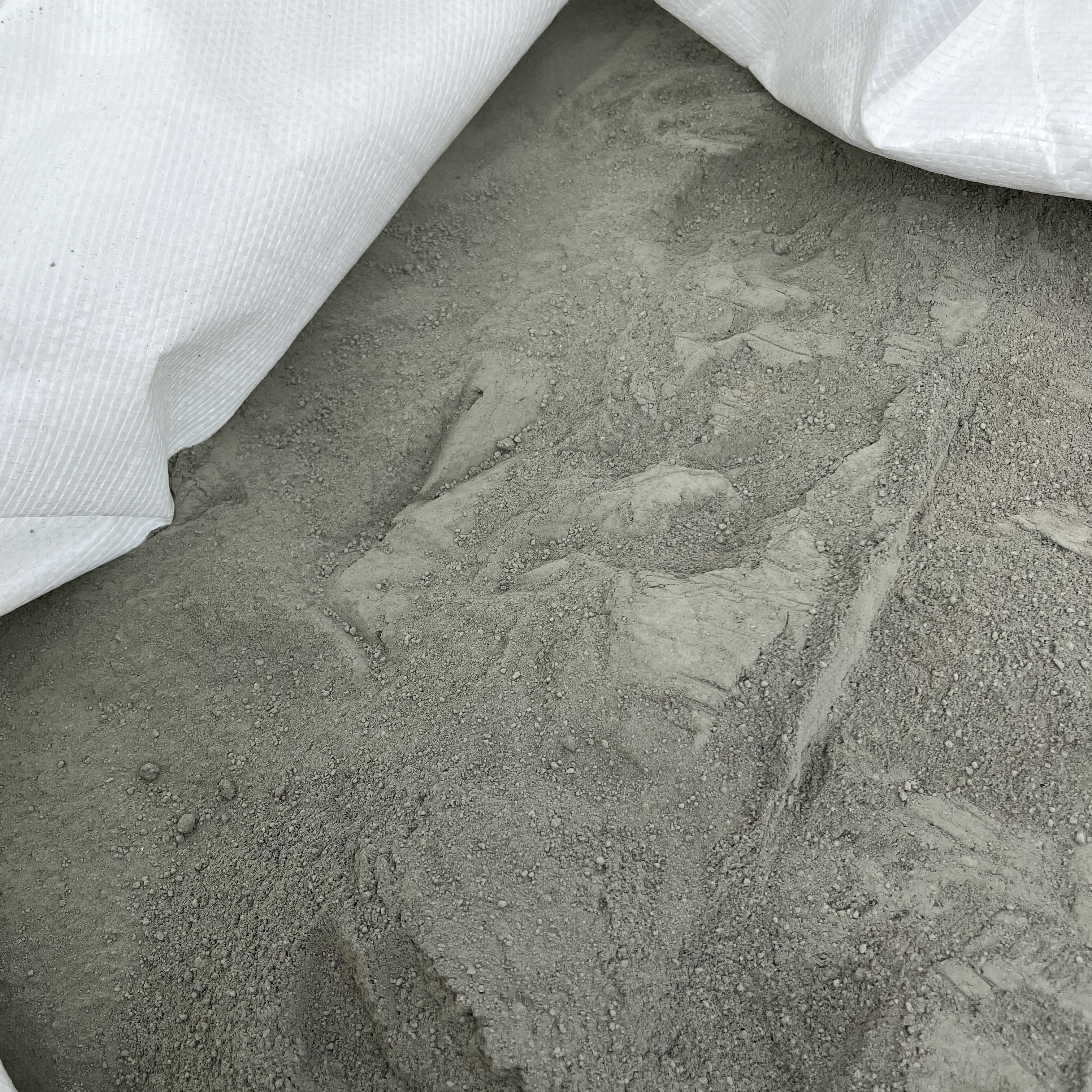
GreenLandbrug: Glacial Rock Flour as a Natural Supplement in Danish Agriculture
 In Danish
In Danish
Project Period: 2024 – 2027
Supported by: GUDP - Green Development and Demonstration Programme
The constant movement of the Greenland ice sheet over the bedrock crushes and grinds the underlying rock into a fine powder known as glacial rock flour. This flour is carried by meltwater into fjords, where vast amounts of the gray mud, referred to as Greenlandic Rock Flour (GRF), accumulate. This natural material contains essential plant nutrients and has the ability to sequester CO2 from the atmosphere. The project "GreenLandbrug - Unleashing Greenlandic Rock Flour for a Climate Neutral Danish Agriculture" investigates how this resource can be utilized in Danish agriculture as a supplement to reduce the need for synthetic fertilizers, improve soil quality, and contribute positively to the climate.
A New Path to Soil Improvement
The project explores how Greenland's natural glacial rock flour can enhance soil quality and crop yields. The material's rich mineral content, including magnesium and calcium, can improve soil structure, increase nutrient utilization, and capture CO2 through natural chemical processes.
In collaboration with the University of Copenhagen, Aarhus University, and SEGES Innovation, we are testing glacial rock flour both in laboratories and in fields. The project aims to develop a model for using glacial rock flour in Danish fields and adapt its application to different soil types.
A Solution for Future Agriculture
Although glacial rock flour cannot completely replace synthetic fertilizers, it can serve as a valuable supplement.
Environmental Benefits with Precise Data
Glacial rock flour is expected to reduce nitrogen leaching by up to 20%, potentially preventing the release of approximately 1,244 tons of nitrogen into Danish water bodies by 2032. Additionally, glacial rock flour could sequester up to 40 kg of CO2 per ton annually, depending on local soil conditions. These effects will be documented continuously through laboratory and field experiments during the project.
Partners:
- Danish Technological Institute
- The Rock Flour Company
- University of Copenhagen
- Land-CRAFT, Aarhus University
- SEGES Innovation
- Saltofte Gods